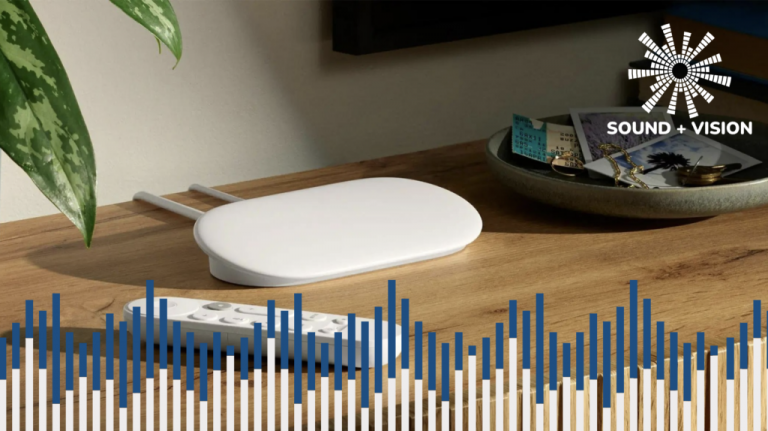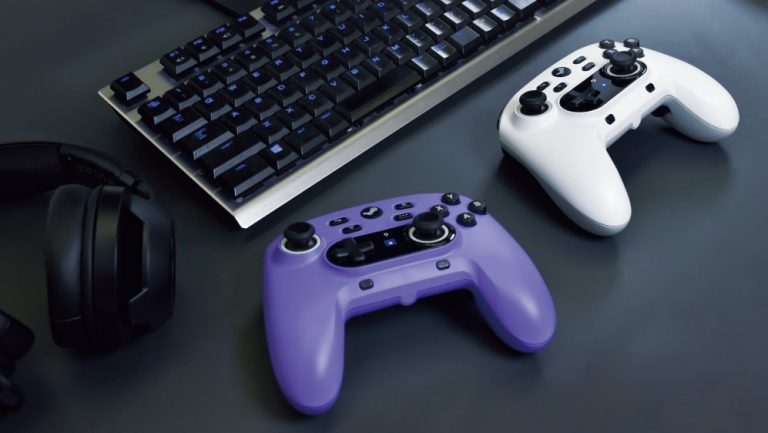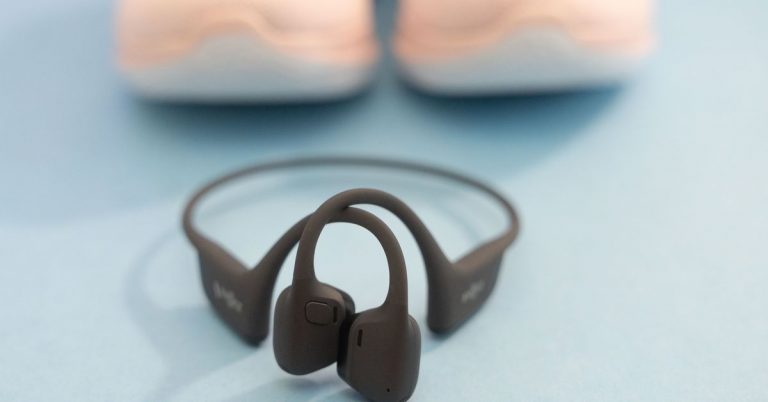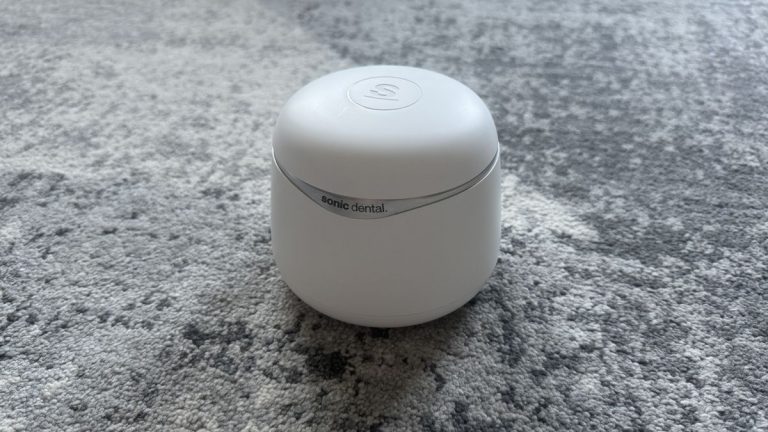Microsoft Surface Laptop 7 review

After a decade of trying to make Arm-based Windows laptops a thing, Microsoft has finally created something fantastic.

Ever since Apple’s MacBooks switched to the company’s homegrown M-series chips, Windows users have wondered when a similar revolution would happen to their machines. To Microsoft’s credit, it hasn’t been for a lack of trying. Way back in 2012, the company released the Surface RT with an Arm-based processor, which is the same architecture used in Apple’s silicon. Unfortunately, a tiny app library, sluggish performance and limited software compatibility made using one full-time kind of frustrating. Then in 2017, Microsoft renewed its efforts with Windows on Snapdragon. This led to systems like the Surface Pro X, which sported gorgeous hardware that was once again marred by lackluster processing power and spotty software support.
But as the old adage goes: If at first you don’t succeed, try, try again. And after more than a decade of starts and stumbles, Microsoft has done it. By combining the powerful Oryon cores in Qualcomm’s Snapdragon X Elite and X Plus chips with its new Prism emulator, Microsoft has turned the Surface Laptop 7 (and its sibling, the Surface Pro 11) into a nearly ideal productivity machine.
Surface Laptop 7th Edition
A major breakthrough for Arm-based Windows laptops
While some apps still need extra support to run on Windows on Arm, the Surface Laptop 7 and Qualcomm’s Snapdragon X Elite chip have combined to create a nearly ideal platform for everyday productivity.





